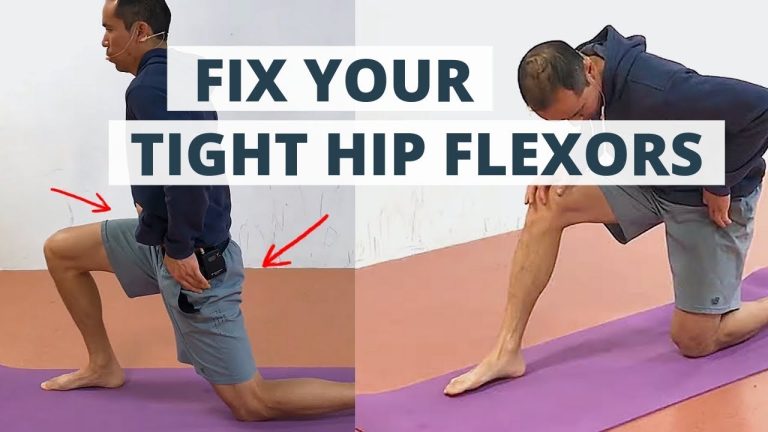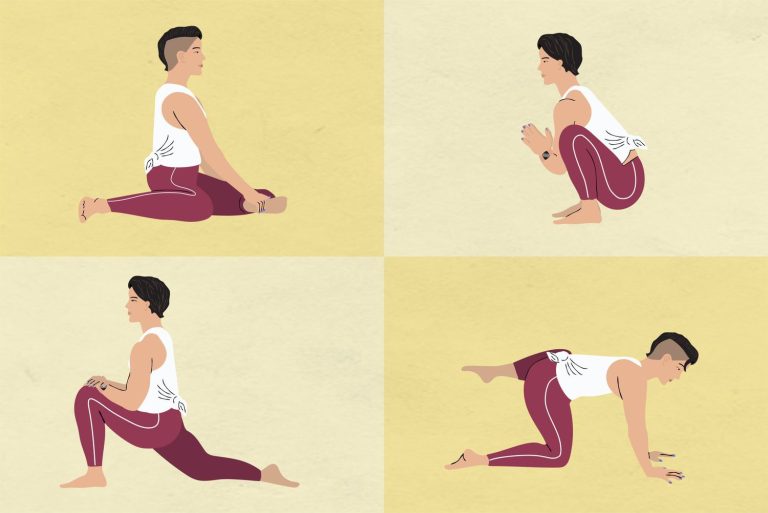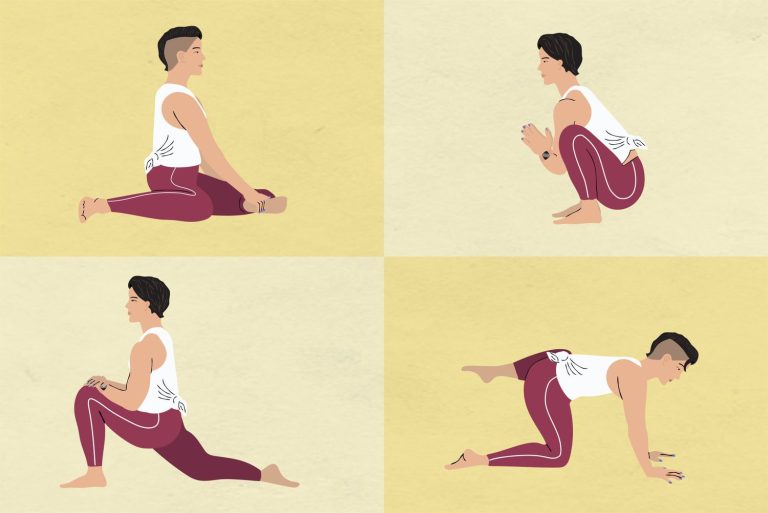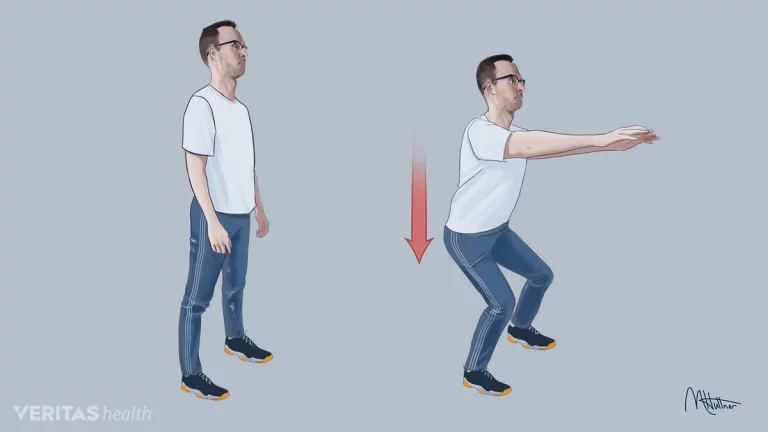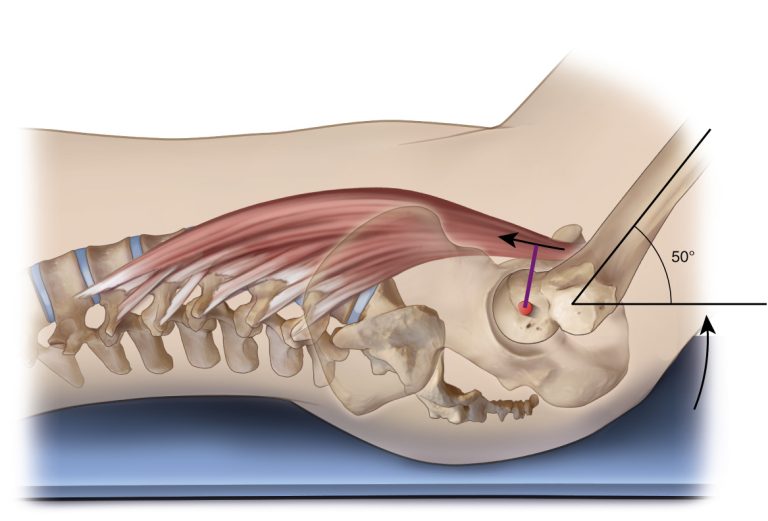How to Get Stronger Hips: Exercises, Tips, and Benefits
Who doesn’t want to have strong, stable, and mobile hips? Whether you’re an athlete looking to improve your performance or simply want to prevent injuries, building strength in your hip muscles is a must.
But where should you start? In this article, we’ll reveal some valuable insights on how to get stronger hips.
From classic exercises like hip bridges and squats to lesser-known movements like clamshells and resistance band exercises, we’ve got you covered. And remember, always prioritize proper form and consult with professionals if needed.
Get ready to unlock the secret to powerful hips that will transform your fitness journey.
how to get stronger hips
To get stronger hips, it is important to focus on strengthening the hip muscles through targeted exercises. Weak hip muscles can lead to pain in the lower back, hips, and knees, as well as impact stability and mobility.
Here are some exercises that can help strengthen your hips:
- Hip Bridges: Lie flat on your back with knees bent and lift your hips off the ground, then lower them back down.
Repeat for multiple sets.
- Clamshells: Lie on your side with knees bent and lift the top knee while keeping the feet together, then lower it back down.
Repeat on both sides.
- Side-Lying Leg Lifts: Lie on your side and lift the top leg upward, then lower it back down.
Repeat on both sides.
- Squats: Stand with feet shoulder-width apart, bend your knees while keeping your back straight, and lower into a sitting position.
Return to the starting position and repeat.
- Lunges: Stand with feet hip-width apart and step forward with one leg, bending the knee to lower your body.
Return to the starting position and alternate legs.
- Resistance Band Exercises: Use a resistance band to perform hip abduction and adduction exercises to further strengthen the hips.
It is important to maintain proper form and gradually increase the intensity of these exercises over time. Before starting any exercise program, especially if you have pre-existing health conditions or injuries, it is recommended to consult with a healthcare professional.
Consistency and regular exercise are key to achieving stronger hip muscles.
Key Points:
- Strengthening the hip muscles is crucial for preventing pain in the lower back, hips, and knees and improving stability and mobility.
- Hip Bridges involve lifting and lowering your hips off the ground.
- Clamshells involve lifting and lowering the top knee while keeping the feet together.
- Side-Lying Leg Lifts involve lifting and lowering the top leg while lying on your side.
- Squats require bending the knees while keeping the back straight and returning to a standing position.
- Lunges involve stepping forward with one leg while bending the knee, then returning to the starting position.
- Resistance band exercises can be used to perform hip abduction and adduction exercises for added hip strength.
Sources
https://www.wikihow.health/Build-Stronger-Hip-Muscles
https://www.self.com/gallery/best-hip-strengthening-exercises
https://www.wikihow.fitness/Strengthen-Hip-Joints
https://www.emedihealth.com/wellness/fitness/hip-exercises
Check this out:
💡 Pro Tips:
1. Use a foam roller to release tightness in the hip muscles before exercising. This helps improve mobility and reduces the risk of injury.
2. Incorporate lateral movements into your workout routine, such as side lunges or lateral band walks, to target the hip abductor muscles and improve overall hip strength.
3. Engage your core muscles while performing hip exercises to enhance stability and ensure proper alignment.
4. Include dynamic stretching exercises for the hip flexors, such as high knees or leg swings, to warm up the muscles before a workout and increase range of motion.
5. Cross-training with activities like swimming or cycling can complement hip-strengthening exercises by providing low-impact cardiovascular exercise that supports overall hip health.
1. Importance of Strengthening Hip Muscles
The hip muscles play a crucial role in maintaining stability, mobility, and preventing injuries. Strong hips are essential for various movements, such as walking, running, jumping, and bending.
By strengthening the hip muscles, you can improve your overall physical performance and reduce the risk of lower back pain, hip pain, and knee issues.
When the hip muscles are weak, the surrounding joints and structures have to compensate, causing imbalances and increasing the likelihood of injuries. Therefore, it is essential to incorporate exercises that target the hip muscles into your regular workout routine.
2. Common Issues Caused By Weak Hip Muscles
Weak hip muscles can lead to several common issues, including lower back pain, hip pain, and knee problems. Here’s a closer look at how weak hip muscles can cause these issues:
- Lower Back Pain: The hips and lower back are closely connected. Weak hip muscles can cause an imbalance in the pelvis, leading to excessive strain on the lower back muscles.
This can result in chronic lower back pain and discomfort. – Hip Pain: The hip joint relies on the surrounding muscles for stability and support.
When the hip muscles are weak, the joint can become unstable, resulting in hip pain and limited range of motion. – Knee Issues: The hip muscles are responsible for controlling the movement and stability of the knee.
When the hip muscles are weak, they are unable to properly support the knee joint, leading to increased stress and potential knee injuries, such as ACL tears or patellofemoral pain syndrome.
By strengthening the hip muscles, you can alleviate these issues, improve your overall posture, and enhance your movement mechanics.
3. Exercise 1: Hip Bridges
One effective exercise to strengthen the hip muscles is the hip bridge. Follow these steps to perform hip bridges correctly:
-
Lie flat on your back with your knees bent and feet flat on the ground.
-
Position your feet hip-width apart and rest your arms by your sides.
-
Engage your core and glute muscles.
-
Press through your heels and lift your hips off the ground until your body forms a straight line from your shoulders to your knees.
-
Hold the position for a moment, then slowly lower your hips back down to the starting position.
-
Repeat for multiple sets, aiming for 10-15 repetitions per set.
Hip bridges primarily target the glute muscles, which are crucial for hip stability and power. By incorporating this exercise into your routine, you can strengthen your hip muscles and improve your overall strength and stability.
4. Exercise 2: Clamshells
Clamshells are another effective exercise for targeting the hip muscles. Here’s how to perform clamshells correctly:
-
Lie on your side with your knees bent and your feet together.
-
Rest your head on your arm and keep your spine aligned.
-
Engage your core and glute muscles.
-
Keeping your feet together, lift the top knee as high as possible while maintaining proper form.
-
Slowly lower the knee back down to the starting position.
-
Repeat on both sides for multiple sets, aiming for 10-15 repetitions per set.
Clamshells primarily target the muscles in your hip and buttocks, including the gluteus medius. This exercise helps improve hip stability and prevents any imbalances that can lead to hip and knee issues.
5. Exercise 3: Side-Lying Leg Lifts
Side-lying leg lifts are a great exercise for targeting the hip abductor muscles. Here are the steps to perform side-lying leg lifts correctly:
-
Lie on your side with your legs extended straight and stacked on top of each other.
-
Rest your head on your arm and keep your spine aligned.
-
Engage your core and lift your top leg upward, keeping it straight.
-
Hold for a moment at the top, then slowly lower your leg back down to the starting position.
-
Repeat on both sides for multiple sets, aiming for 10-15 repetitions per set.
Side-lying leg lifts primarily target the hip abductor muscles, which are responsible for moving the leg away from the body’s midline. Strengthening these muscles helps improve hip stability and prevents hip and knee issues.
6. Exercise 4: Squats
Squats are a compound exercise that targets multiple muscles, including the hip muscles. Here’s how to perform squats correctly:
-
Stand with your feet slightly wider than shoulder-width apart, toes pointing slightly outward.
-
Engage your core and keep your back straight.
-
Bend your knees and lower your body as if you are sitting back into a chair.
-
Go as low as you can while maintaining form, ideally until your thighs are parallel to the ground.
-
Push through your heels and return to the starting position.
-
Repeat for multiple sets, aiming for 8-12 repetitions per set.
Squats primarily target the glute muscles, quadriceps, and hamstrings. By incorporating squats into your routine, you can strengthen your hip muscles and improve lower body strength and stability.
7. Exercise 5: Lunges
Lunges are another excellent exercise for strengthening the hip muscles. Follow these steps to perform lunges correctly:
-
Stand with your feet hip-width apart.
-
Take a step forward with one leg, bending the knee to lower your body.
-
Keep your back straight and ensure your front knee stays aligned with your ankle.
-
Push through your front heel to return to the starting position.
-
Alternate legs and repeat for multiple sets, aiming for 8-12 repetitions per set.
Lunges primarily target the glute muscles, quadriceps, and hamstrings. By incorporating lunges into your routine, you can strengthen your hip muscles and enhance your stability and balance.
8. Exercise 6: Resistance Band Exercises
Resistance band exercises are a great way to add resistance and increase the intensity of your hip workouts. Here are some hip abduction and adduction exercises using a resistance band:
Slowly return to the starting position. Repeat for multiple sets, aiming for 10-15 repetitions per set.
Slowly return to the starting position. Repeat for multiple sets, aiming for 10-15 repetitions per set.
Resistance band exercises target the hip abductor and adductor muscles, which are crucial for hip stability and overall lower body strength. Incorporating these exercises into your routine will help strengthen your hip muscles.
9. Maintaining Proper Form and Increasing Intensity
When performing hip-strengthening exercises, it is essential to prioritize proper form. This means maintaining a neutral spine, engaging the core muscles, and focusing on controlled movements.
Start with lighter weights or resistance bands and gradually increase the intensity as your hip muscles strengthen. However, make sure not to overexert yourself or rush the progression.
Allow your body time to adapt and recover between workouts.
Remember to listen to your body and adjust the exercises based on your fitness level and any pre-existing conditions or injuries. If you’re unsure about proper form or intensity, consult with a healthcare professional or a certified fitness trainer.
10. Consultation With Healthcare Professionals Recommended
Before starting any exercise program, especially if you have pre-existing health conditions or injuries, it is recommended to consult with a healthcare professional. They can assess your specific needs, provide guidance on exercises to avoid or modify, and offer personalized recommendations for strengthening your hip muscles safely and effectively.
A healthcare professional, such as a physical therapist or sports medicine specialist, can also help identify any underlying issues contributing to weak hip muscles and provide targeted treatment options.
11. Consistency and Regular Exercise for Stronger Hips
Consistency is key when it comes to strengthening your hip muscles. Aim to incorporate hip-strengthening exercises into your workout routine at least two to three times per week.
Consistent exercise allows your muscles to adapt and grow stronger over time.
Remember that building strength takes time and patience. While you may not see immediate results, regular exercise will gradually improve the strength and stability of your hip muscles.
Stick to your routine, stay dedicated, and celebrate the progress you make along the way.
In conclusion, strengthening the hip muscles is essential for stability, mobility, and injury prevention. Weak hip muscles can lead to lower back pain, hip pain, and knee issues.
By incorporating exercises such as hip bridges, clamshells, side-lying leg lifts, squats, lunges, and resistance band exercises, you can target and strengthen the hip muscles effectively. It is crucial to maintain proper form, gradually increase the intensity, and consult with healthcare professionals if needed.
Consistency and regular exercise are key to achieving stronger hips and improving overall physical performance.


